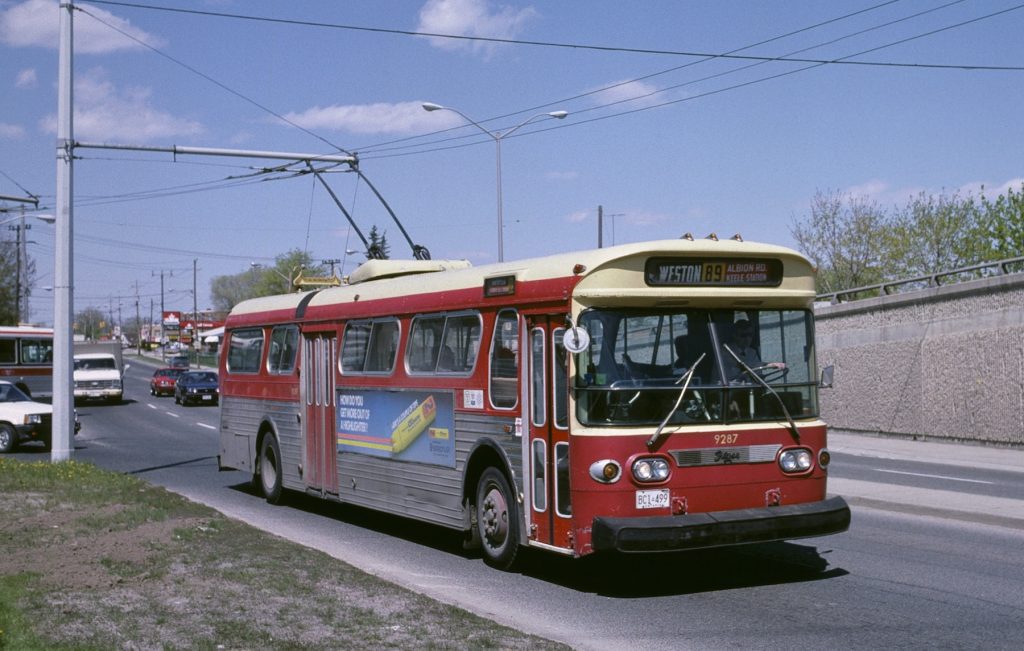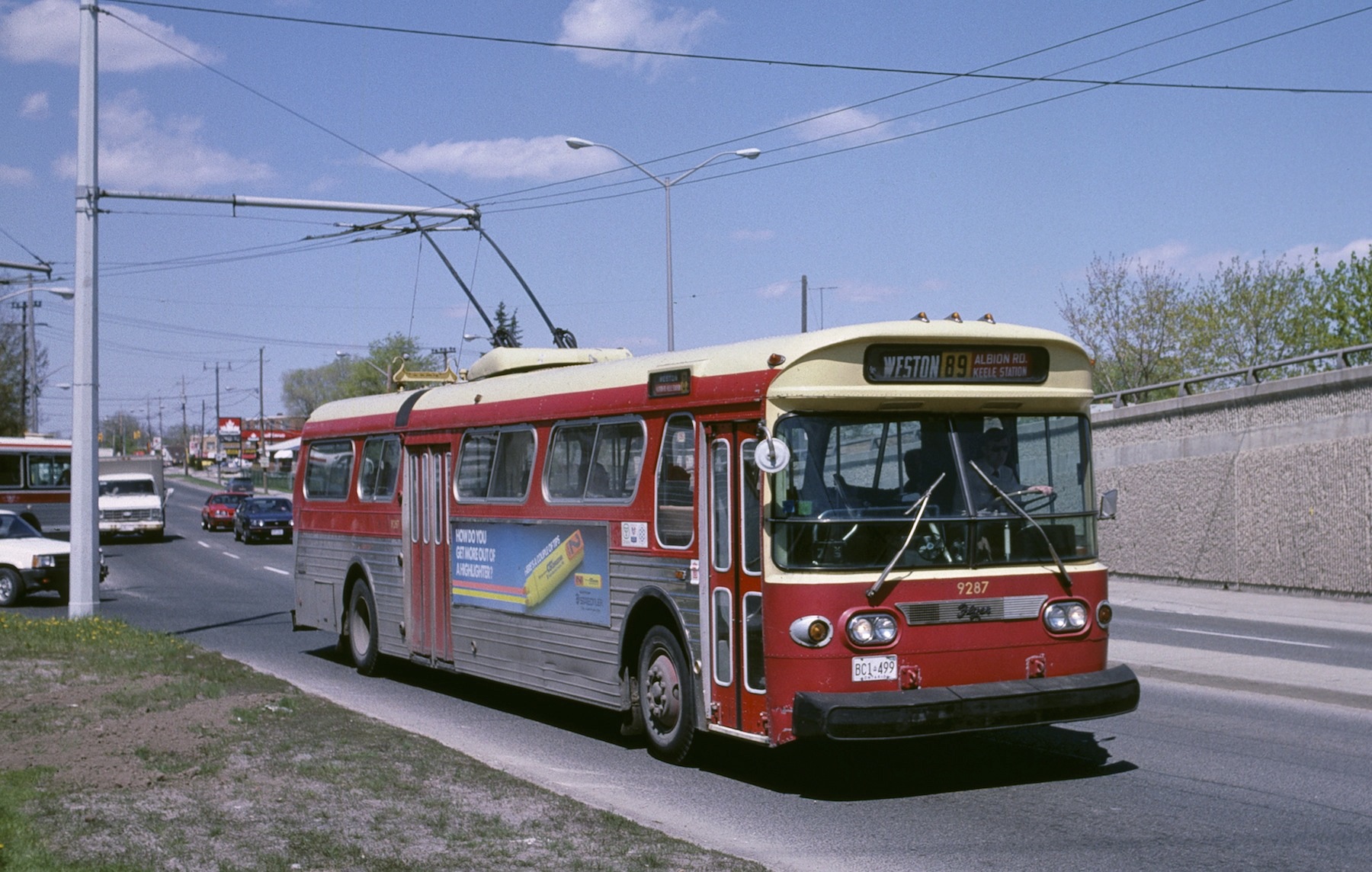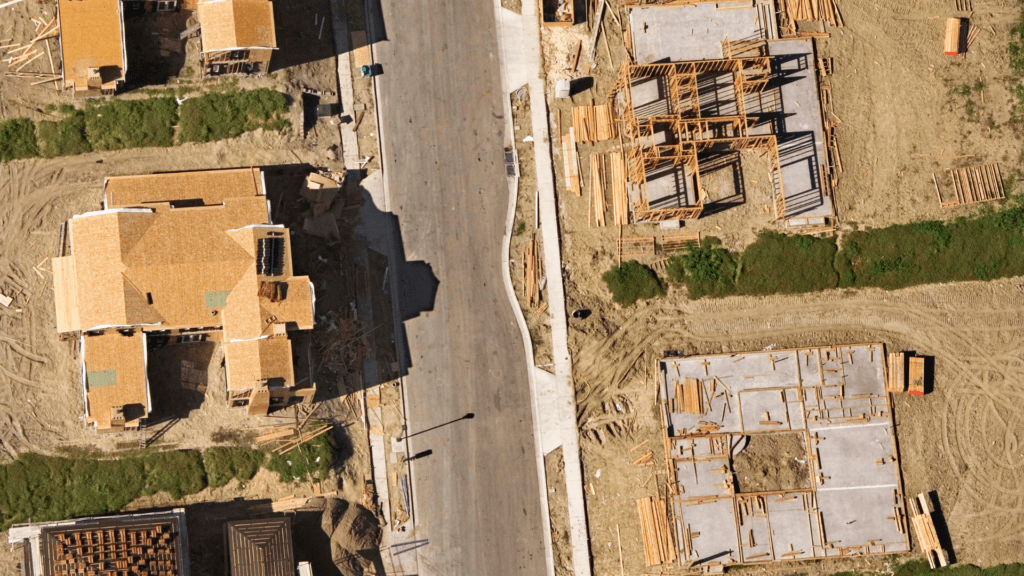Drivers, transit users, cyclists and walkers, no matter how you move in the Greater Toronto and Hamilton Area (GTHA), the Big Move Regional Transportation Plan review affects you. The Plan affects transportation planning from Toronto’s Lakeshore to Barrie, from Niagara to Oshawa, and from Waterloo to Peterborough. With 13.5 million people calling the Greater Golden Horseshoe area home by 2041, congestion, air pollution and greenhouse gas emissions from cars could get worse. That’s why we need a regional public transit system that makes it easy for the majority of people to get around.

It’s been 10 years since Metrolinx, a provincial agency released the Big Move Regional Transportation Plan (RTP). And there are big expectations for the revised RTP set to be released this week. Will it transform the region, create jobs and enhance Ontarian’s quality of life?
Public consultations are an important part of reviewing the new Plan. Here’s why you should get involved:
- Investing in a regional transit system will reduce gridlock and get the economy moving. Over the next decade, over $30 billion in public funding will be invested in moving people and goods. Let’s make sure it goes to projects that get people out of their cars.
- Transportation is the largest source of greenhouse gas emissions and air pollution and one of the easiest sources to reduce. Public transit should be electrified to reduce emissions and move towards healthy communities.
- The proposed GTA West highway (highway 413) is estimated to cost $5 billion. Investing in transit and fixing existing highways is more important than building new highways that cut through prime farmland in the Greenbelt.
- We need new transit stations to be built in city centres that are connected to employment areas, where the majority of transit users live and work. This will allow people to walk or bike to transit. We don’t want new transit stations built in farm fields where few people live, that are only accessible by car – fueling traffic congestion.

The new provincial Growth Plan released in May 2017 states that “transit will be the first priority for transportation infrastructure and major transportation investments.” Now that we have a Plan that prioritizes building around transit hubs we need to ensure our municipal governments and Metrolinx work together to put transit in growing city centres. New public transit lines should connect cities where the majority of people live and work; where there is the greatest potential to reduce car use; and provide workers with an inexpensive travel option.
Sign up to receive our Creating Livable Communities updates to stay in the loop. We’ll send you an update if an open house is coming up in your area.








